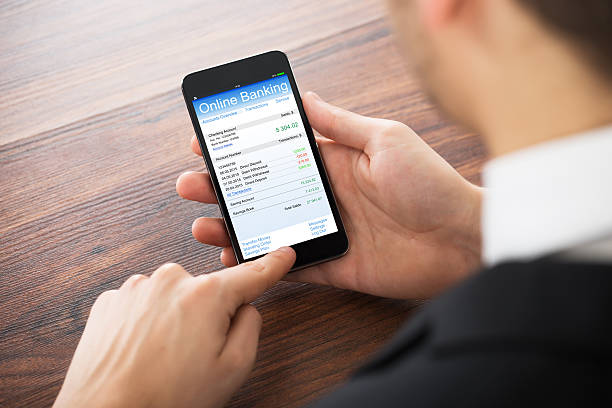Before discussing the use of SWIFT/BIC codes for domestic transfers, let's clarify what these codes are and why they are important.
What is a SWIFT/BIC Code?
SWIFT (Society for Worldwide Interbank Financial Telecommunication) codes, also known as Bank Identifier Codes (BIC), are unique alphanumeric identifiers assigned to financial institutions worldwide. These codes consist of 8 to 11 characters and are structured as follows:
AAAA: Bank code (4 characters) - identifies the specific bank.
BB: Country code (2 characters) - indicates the bank's home country.
CC: Location code (2 characters) - specifies the branch or office.
DDD (optional): Branch code (3 characters) - offers additional identification if needed.
Why Are SWIFT/BIC Codes Important?
SWIFT/BIC codes are critical for international money transfers as they ensure that funds are routed accurately to the correct recipient's bank and branch. These codes help prevent errors and delays in cross-border transactions.
Using SWIFT/BIC Codes Domestically
Typically, SWIFT/BIC codes are not used for domestic money transfers within the same country. Instead, domestic transactions are facilitated using a different set of banking identifiers, such as:
Routing Numbers (USA):
In the United States, domestic bank transfers often use routing numbers provided by the American Bankers Association (ABA). These numbers identify the financial institution and the specific branch within the country.
Sort Codes (UK):
In the United Kingdom, domestic transfers rely on sort codes, which are specific to each bank and branch, much like routing numbers in the U.S.
National Clearing Codes (Various Countries):
Many countries have their own systems for domestic transfers, which involve unique identifiers or codes. These systems are used to ensure accurate routing of funds within the country.
However, there are situations where SWIFT/BIC codes might come into play domestically:
International Banks with Domestic Operations:
Some international banks have a presence in multiple countries and maintain SWIFT/BIC codes for their branches in those countries. In such cases, you might encounter SWIFT/BIC codes for domestic transactions if you're dealing with an international bank.
International Wire Transfers Received Domestically:
If you receive an international wire transfer within your own country, the sending bank may use a SWIFT/BIC code for their local branch or intermediary bank. However, this is more about the sender's bank handling the international aspect of the transfer.
Conclusion
In most cases, you won't need to use a SWIFT/BIC code for domestic money transfers within your country. Instead, you'll rely on your country's established domestic banking infrastructure, including routing numbers, sort codes, or national clearing codes. SWIFT/BIC codes primarily serve as global identifiers for international transactions, ensuring that funds are routed accurately and efficiently across borders. When sending money domestically, it's essential to use the appropriate local identifiers provided by your bank to facilitate seamless transactions within your country.
Frequently asked questions (FAQs) about international bank routing codes




